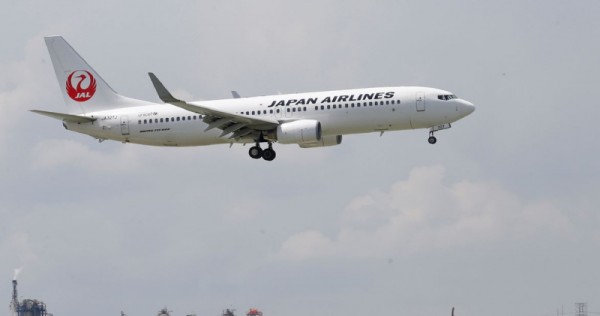TOKYO – Japan Airlines and ANA said they would cancel all flights to and from Europe on Thursday (March 3), citing safety concerns following Russia’s invasion of Ukraine.
The airlines, which normally use Russian airspace for their Europe flights, join a growing number of carriers that have cancelled or rerouted flights between Europe and north Asia in the wake of the crisis.
“We are continuously monitoring the situation, but given the present situation in Ukraine and the different risks, we have decided to cancel flights,” a JAL spokesperson told Reuters.
ANA Cargo’s website said the suspension of flights was due to the “high possibility of its operations not being able to overfly Russia due to the current Ukraine situation.” Airlines from the European Union and Canada have been banned from Russian airspace in response to their curbs on Russian airlines, but Japan has not made a similar announcement to date.
ANA and JAL operate about 60 flights per week through Russian airspace between Tokyo and London, Paris, Frankfurt, and Helsinki, according to a spokesperson for flight tracking website FlightRadar24.
Finnair, which had initially cancelled its Tokyo flights after losing access to Russian airspace, said on Wednesday it would resume four weekly Helsinki-Tokyo flights with a new route and a flight time of 13 hours, up from around 9.5 hours previously.
Longer routes by airlines will add to fuel costs and lower the amount of cargo that can be carried in a tight market for air freight that is exacerbating pandemic-related issues in the global supply chain.
Korean Air was still flying over Russian airspace on Thursday, according to Reuters monitoring of FlightRadar24, but Taiwanese carriers are now avoiding Russian airspace and are flying over China and Central Asia.
ANA said it would also cancel eight flights to and from London, Paris and Frankfurt on Friday.
A Tokyo-Brussels flight due to carry vaccines on the return leg will be routed over Central Asia, it said, adding all cargo flights will operate.
This article was first published in Asia One . All contents and images are copyright to their respective owners and sources.











